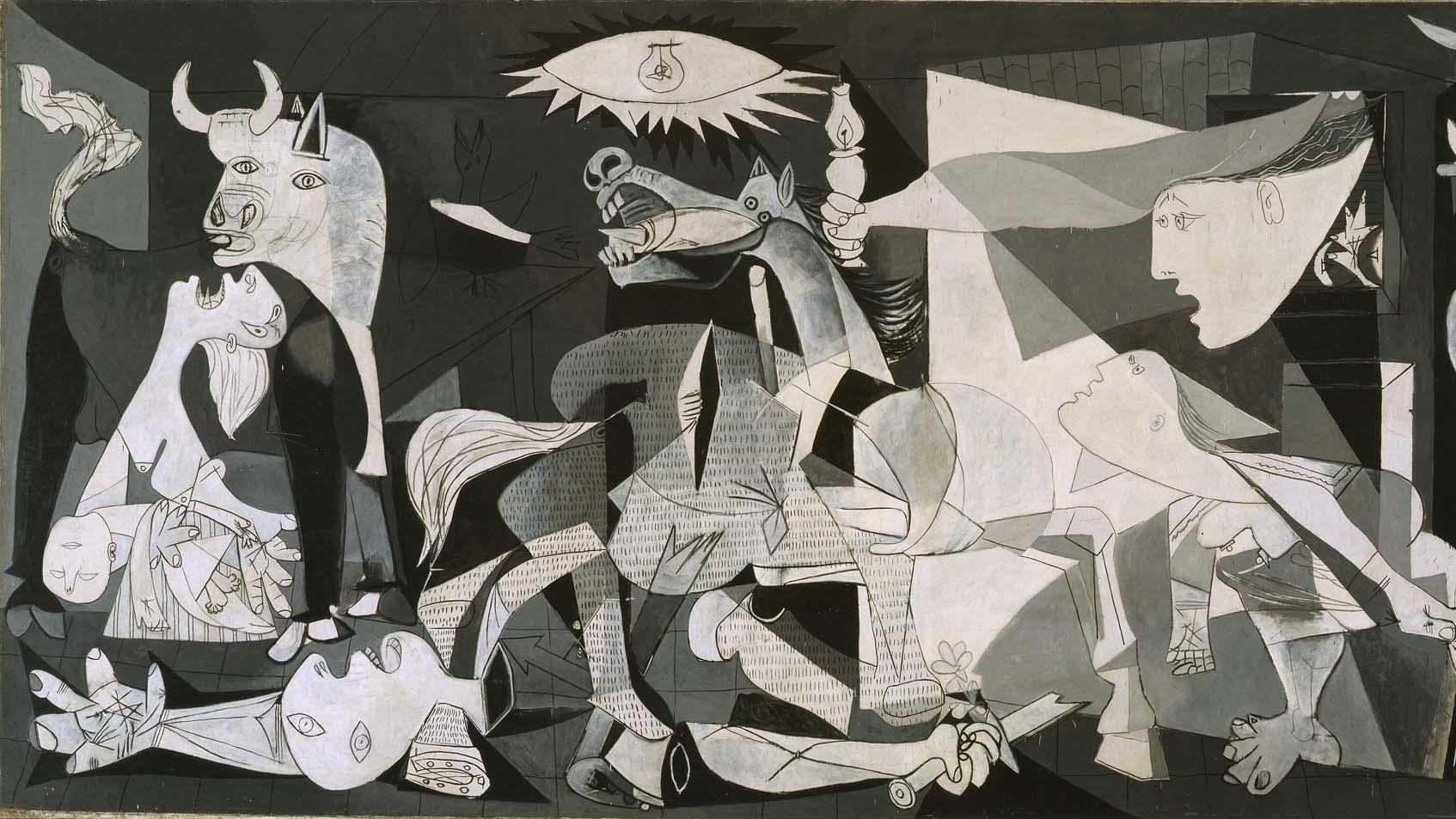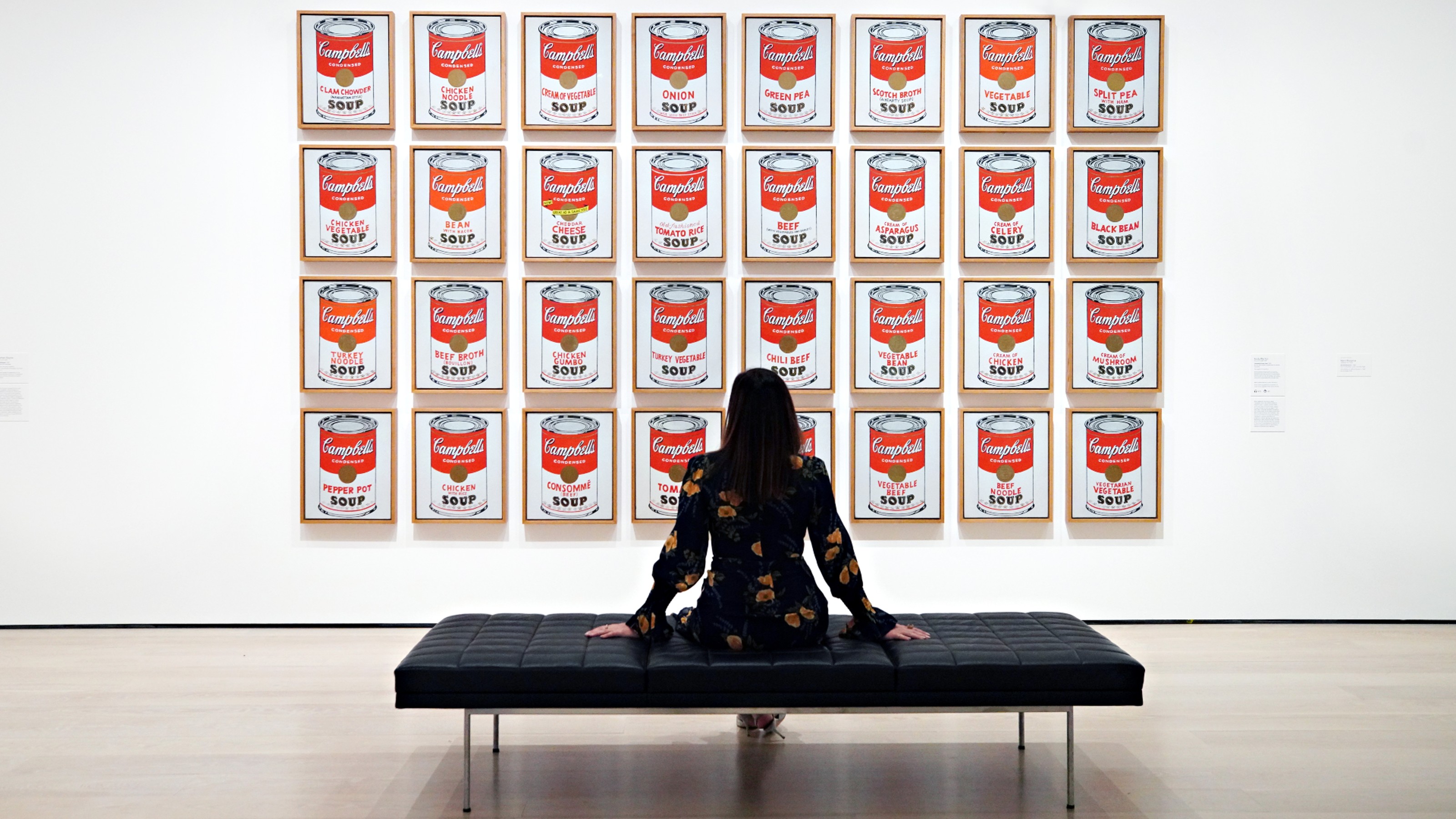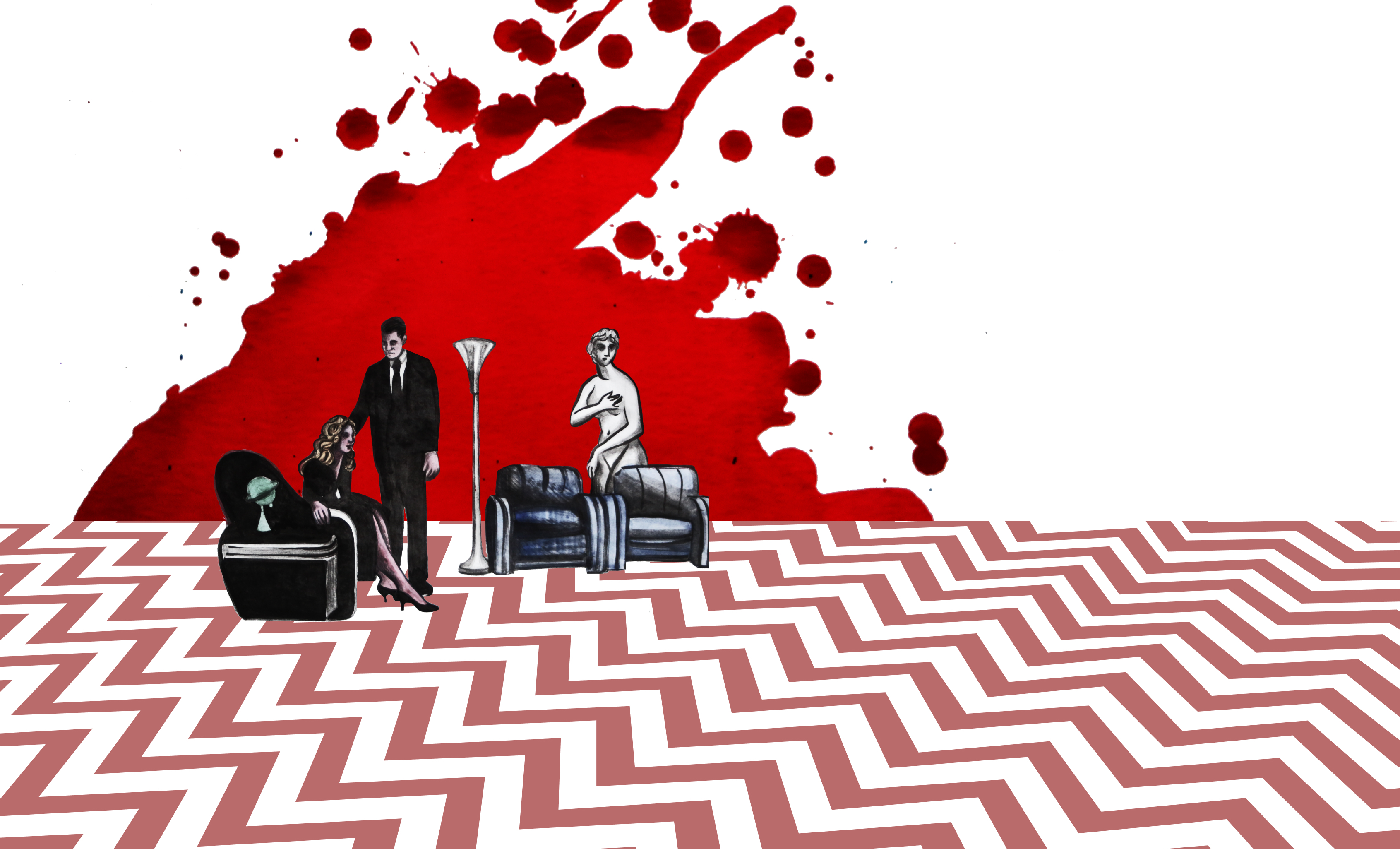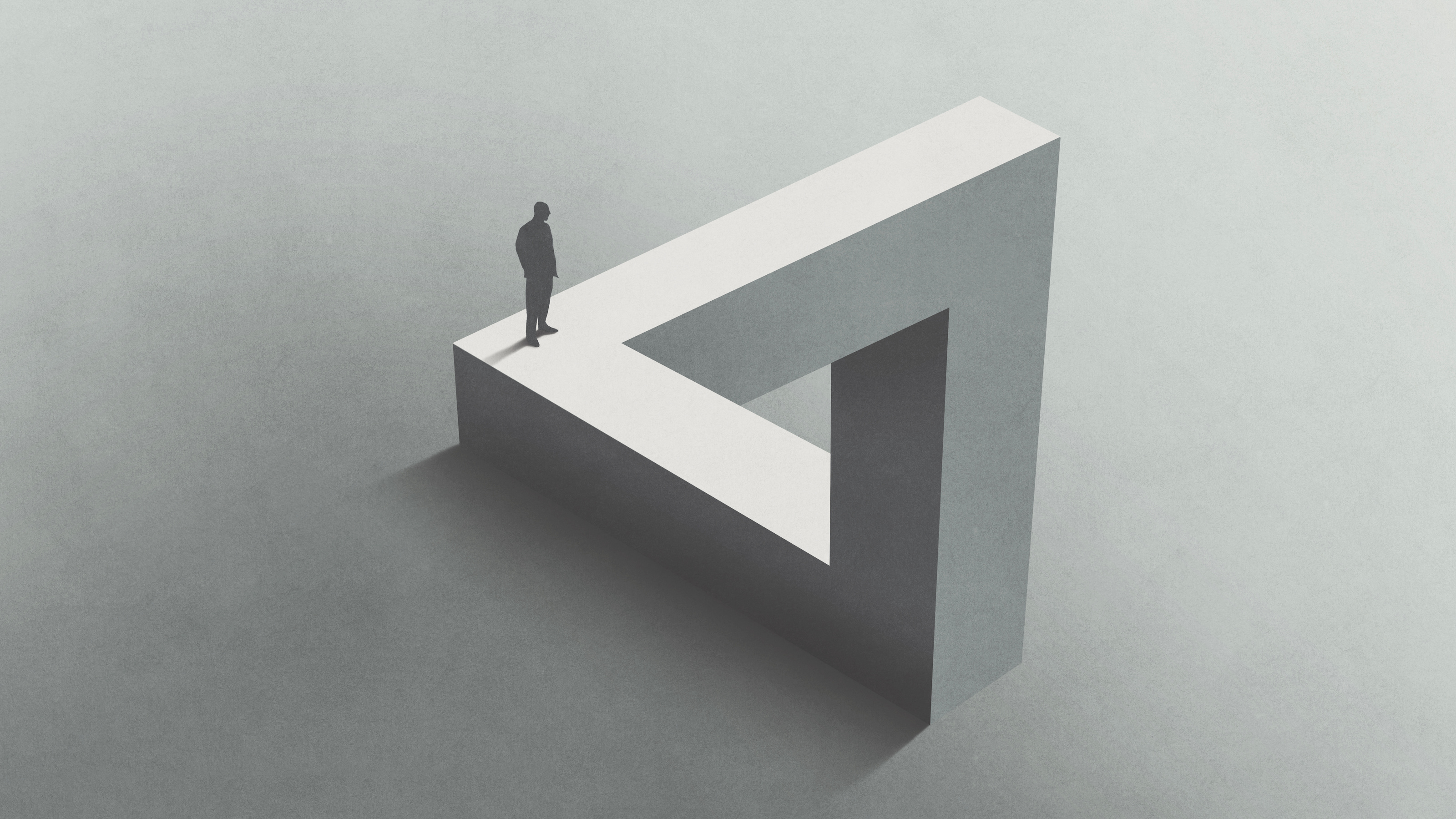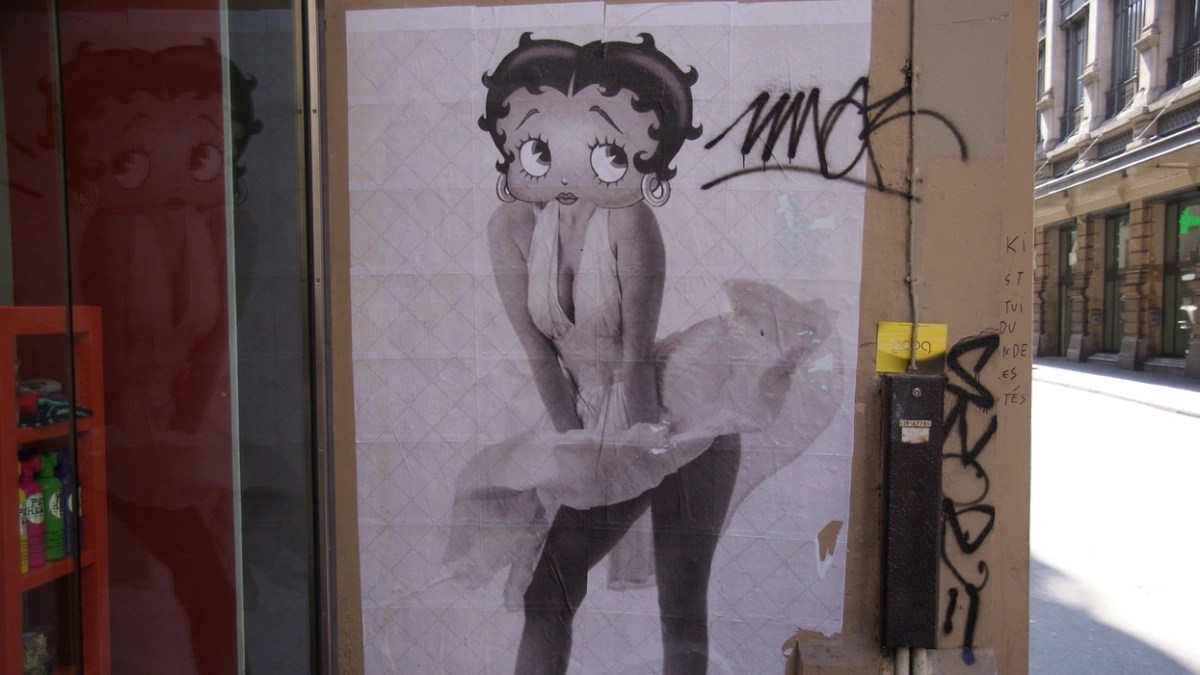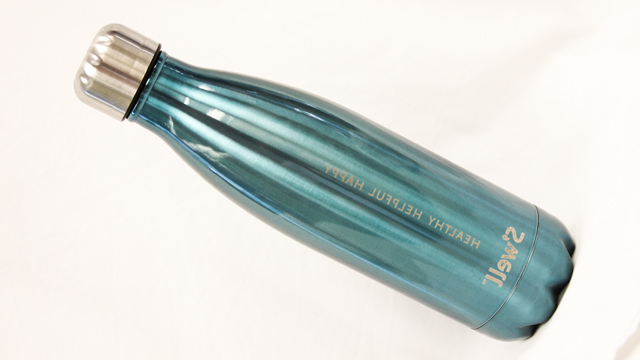Out in the Open: Sexual Differences in Art
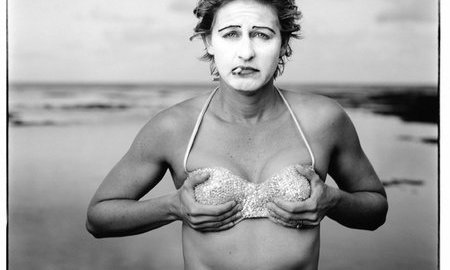
“Telling the history of art without the history of gay people is like telling the history of slavery without mentioning black people,” says David C. Ward, curator of Hide/Seek: Difference and Desire in American Portraiture at the National Portrait Gallery in Washington, DC. “There’s been an entire history hiding in plain sight.” In Hide/Seek, art history comes out of the closet and out into the open, working specifically in the area of American portraiture to give a general impression of the role of persons of sexual difference in the art we already know and love.
When Toni Morrison wrote Playing in the Dark: Whiteness and the Literary Imagination in 1992, she courted controversy with the idea that African-Americans lurked in the shadows of canonical American literature from the very beginning. Hide/Seek makes the same suggestion, but for homosexuals in the field of American art history. The vocation of artist has always been seen as a “feminine” occupation, something many artists worked overtime to overcome in the face of societal pressure. As R. Tripp Evans’Grant Wood: A Life (which I reviewed here) explains, closeted artists such as Grant Wood not only found their sexual orientation repressed, but even found themselves enlisted in the hypermasculine response to even a hint of homosexuality. Hide/Seek makes it safe for these shadowed figures to come out into the light.
The first American Old Master enlisted in the search party is Thomas Eakins, whose Salutat, a gladiator-inspired painting of a boxer hailing the adoring crowd as he leaves the arena, celebrates the male form unashamedly. Even if you do not subscribe to the idea of Eakins as a homosexual, the overtones of his painted male figures belong in any chronology of sexual difference in American art. When the turn of the twentieth century arrives, an indigenous art scene centered in New York City attracts an equal indigenous gay scene captured by documentarians of city life such as George Bellows. The exhibition picks up speed at this point, working through great gay artists such as early moderns Marsden Hartley, Romaine Brooks, and Charles Demuth to recent moderns such as Robert Rauschenberg, Jasper Johns, Robert Mapplethorpe, Andy Warhol, and Keith Haring. It’s significant that these great gay artists belong on any list of great artists period. The main point of Hide/Seek is that you don’t have to seek much to find these artists—they were hiding beneath your nose all along.
In addition to featuring homosexual artists, Hide/Seek features portraits of significant homosexual figures in American history. Annie Liebowitz’s 1998 photo, Ellen DeGeneres in Kauai, Hawaii (shown above), celebrates a central figure in the normalization of homosexuality in America today. Homophobia—from “Don’t ask, don’t tell” to votes on gay marriage—remains the last “acceptable” prejudice in American society. (Other prejudices remain, of course, but they’re frowned upon in polite company.) Ellen DeGeneres is now simply “Ellen,” the friendly face of sexual difference today, and no longer the falling star of failed sitcoms focusing on her sexual orientation. Seeing Ellen in this distinguished company gives hope that the long game of sexual hide and seek may finally be coming to an end.
One of the great works in this exhibition is Warhol’s 1986 Camouflage Self-Portrait. It epitomizes the many forms of camouflage artists employed as self-protection against homophobia. Hide/Seek makes great strides in rendering such protective measures unnecessary. If only those protective measures were as unnecessary outside art museum walls.
